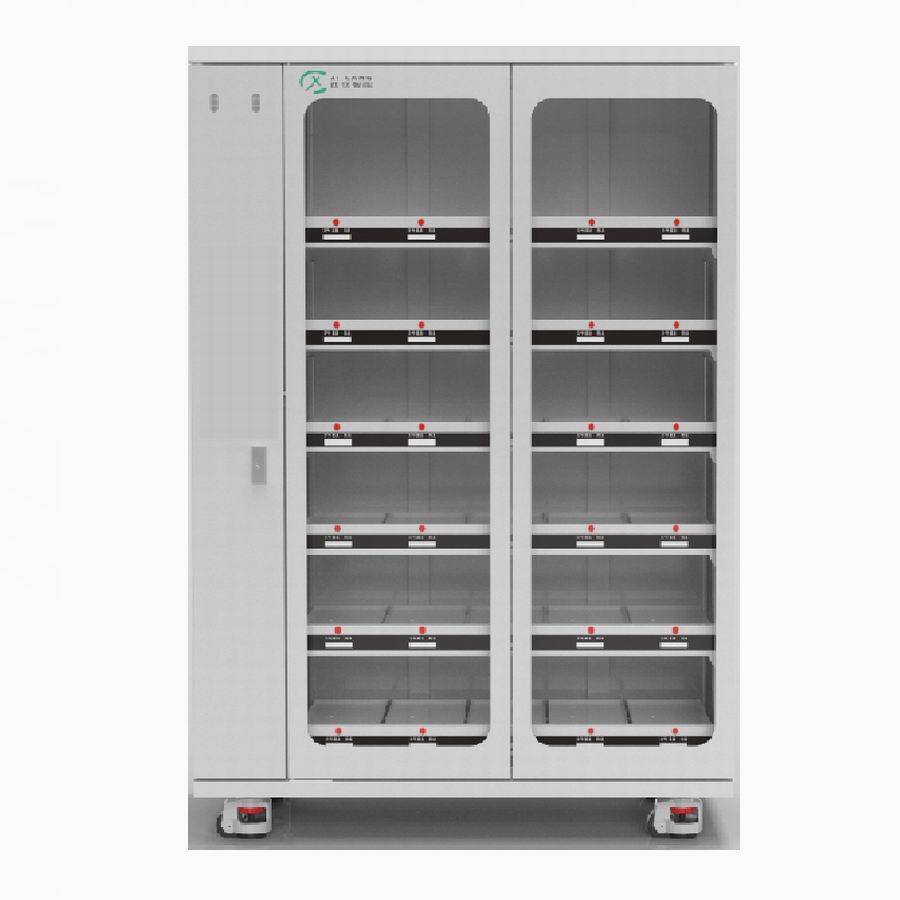China is a country with vast land and an extensive coastline, making it unique in terms of wind energy potential. The characteristics of wind speed on land differ significantly from those along the coast, especially when considering typhoons that can damage wind turbines. Therefore, it's essential to develop distinct wind turbine technologies tailored for these environments. Land-based turbines should focus on optimizing performance in low wind conditions, while coastal models must be designed to withstand high wind speeds and typhoon impacts. These differences require unique designs, ensuring better efficiency and reliability in both settings.
The development of wind power in China is still in its early stages, despite the country's huge potential. Wind energy currently contributes only a small portion of the nation’s electricity. However, with over 80 wind turbine manufacturers operating at less than full capacity, there is significant excess production. This issue is often attributed to grid limitations or overdevelopment, but these challenges are minor compared to the immense growth opportunities in the sector. To address this, we need to focus on expanding wind turbine usage in remote areas such as mountains, grasslands, border posts, islands, and industrial sites. These regions have great demand for electricity, and by tapping into them, we can fully utilize existing manufacturing capabilities and even create new demand.
China has many low-wind areas, which makes it crucial to improve the efficiency of wind turbines in such conditions. Current European and American technologies are optimized for high wind speeds, which are rare on land. As a result, land-based turbines struggle to generate consistent power. Reducing costs and improving performance will make wind energy more competitive with thermal and hydro power. Developing efficient, low-cost turbines that can start at lower wind speeds will help promote widespread adoption across the country.
Industrial and mining sectors represent a major market for wind power. Companies that invest in wind turbines can enjoy long-term benefits, making them more willing to adopt this technology. Similarly, large-scale smelting units can integrate wind power to reduce emissions and improve efficiency. By combining wind with thermal or hydropower, we can create more stable and flexible energy systems. Hydropower’s controllability complements wind’s intermittency, offering a promising path for future development.
Along the coast, wind energy resources are abundant, but typhoons pose a serious threat to wind turbines. Offshore wind farms face similar challenges, with foreign technologies lacking effective anti-typhoon solutions. Existing blades are too large, leading to high wind loads and instability during storms. To solve this, smaller blades with more units could reduce load and improve resilience. Additionally, simplifying control systems by relying on natural wind direction adjustments would enhance reliability and reduce costs.
Large-scale wind farm integration remains a challenge due to sudden power fluctuations. These peaks can destabilize the grid, making smart grid solutions alone insufficient. Thermal power plants can act as buffers, absorbing excess energy and stabilizing the system. By integrating smart thermal plants and advanced control systems, we can manage wind power more effectively, supporting sustainable growth in the industry.
In conclusion, developing specialized wind turbines for land and coastal areas, along with improved grid integration strategies, is key to unlocking China’s full wind energy potential. This approach will not only address current challenges but also ensure long-term stability and growth for the wind power sector.
Jiangsu XC Intelligent Technology Co., Ltd. is a pioneer in the field of industrial segmentation, a comprehensive solution provider that integrates software and hardware development, industrial digital intelligence, and industrial cost reduction and efficiency improvement.CNC Tool Cabinet Manufacturer Announces New Product Line: We are excited to announce the launch of our newest product line, designed to meet the evolving needs of modern CNC machining operations. This innovative line features advanced features and cutting-edge technology to enhance productivity and efficiency.
Industry Expert Joins Our Team: We are thrilled to welcome [Name of Expert] to our team as a [Position]. With their extensive experience in the CNC industry,will be instrumental in driving innovation and providing exceptional support to our customers.
Upcoming Trade Show Participation: We will be showcasing our latest CNC tool cabinet solutions at the [Name of Trade Show] from [Start Date] to [End Date]. Visit us at booth [Booth Number] to learn more about our products and services.
Customer Spotlight shares their experience with our CNC tool cabinets, highlighting the positive impact on their operations.Product weight: 200KG
Dimension: 1372mm long; Width 593mm; 1950mm high
Scale size: 200mm long; 338mm wide
Screen size: 10 inch touch screen
Product color: White yellow (customizable)
Capacity: 30 scales
Freight lane type: 6 floors * 5 lanes
Weighing sensor: A single weighing position can weigh up to 20 kg, a small weighing capacity of 5g, and an error of 1gram
Applicable system: optional card swiping, facial recognition, and fingerprint recognition
Power supply: AC220V/50HZ


Intelligent Weighing Cabinet,Full Touch Screen Control Weighing Cabinet,10 Door Intelligent Grid Cabinet,Weighing Intelligent Cabinet
Jiangsu Xicang Intelligent Technology Co., Ltd. , https://www.xciwarehousing.com